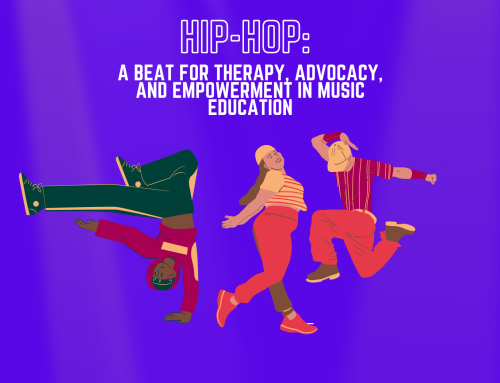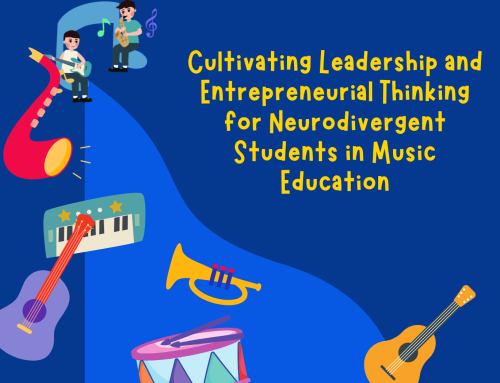More than ever, it is important to connect with the students in our classes. Between COVID-19, the changing social landscape, and political divisiveness, our students are trying to navigate learning in a continuously shifting world. Music can be a great way to bring our students together. However, it is essential to understand that not all our students connect to music in the same way.
It is through treating our students as individuals that they can learn to meaningfully connect to music. That means that we, as teachers, should seek to make music classes not just about our own musical interests, but also about our students’ musical interests.
Table of Contents
Culturally Responsive Music Education
Being respectful of what makes our students unique individuals is the premise of being culturally responsive as teachers. As Dr. Vanessa Bond described in her literature review, providing a culturally responsive education for students enables them to feel validated for their backgrounds and experiences rather than marginalized.
Dr. Bond has collected information from a large variety of sources about what culturally responsive education (aka culturally responsive teaching or culturally responsive pedagogy) is, why it is a worthwhile endeavor, and how you can use these ideas in your own teaching. Dr. Bond connected information and research from books, music education research, education research, and doctoral dissertations to clarify the need for instruction using culturally responsive education practices in music classrooms.
What They Found
Dr. Bond stated that the practices of culturally responsive education could be validating for students who found their musical engagement to be drastically different between in-school and out-of-school. Culturally responsive teaching isn’t just about seeing students as individuals. Being a culturally responsive educator is a mindset that allows teachers to explore how their own backgrounds, experiences, and biases may impact their curriculum.
Culturally responsive education isn’t new and has been around since the early 2000s in general education research. Dr. Bond seamlessly connected the dots between the existing research and how teachers of any grade can find ways to implement these practices into their classrooms.
Dr. Bond ended the review of literature by stating that culturally responsive education should be a sustained effort over time. The sustained approach to this type of curriculum design can ensure that all students can receive an education that values every part of who they are.
So what? Why Should You Care?
In a time of divisiveness over the practices of cultural sensitivity, Critical Race Theory, and political correctness, I posit that embracing the differences of our students can bring us together as a field. At a conference I attended over the weekend, I heard Rhonda V. Magee speak to a group of music education faculty, graduate students, and others across the country. Her words stood out to me as connecting to Dr. Bond’s writing so perfectly. Rhonda suggested that we shouldn’t look at differences in culture, race, ethnicity, etc., as ways to divide us, but rather as opportunities to diversify our understanding of learning and teaching.
Rhonda also suggested that rather than being blind to someone’s struggle, that instead, we consider the broader context of someone’s frustration to better understand why that person may be struggling. Using Rhonda’s “ColorInsight” practices can help us as teachers to find ways to provide a curriculum that upholds cultural responsiveness in new ways.
Our job as teachers using culturally responsive education and “ColorInsight” can help us to identify, understand, and work through the discomfort that prevents us from fully embracing our students and colleagues who look, speak, or think differently than we do.
Looking Forward
Instead of division and separation, let’s find a way to work through and understand our discomfort so that we can become more empathetic. Instead of everyone being treated the same, let’s find a way to help our students to get what they need as individuals. Instead of holding up the status quo of the curriculum, let’s work to allow our students to feel that their culture has a valued place in our classroom.
Let’s not embrace culturally responsive education just because our schools ask us to. Let’s instead all work together to create a more compassionate environment where differences are celebrated and have the power to enrich our classrooms.
Do you have research to contribute to this column? Submit with this link so
that I can share what you’ve created in a future column.




Leave A Comment